By Eric Fruits, Ph.D.
At the end of last year, the Oregon Environmental Quality Commission adopted rules banning the sale of internal combustion cars by the year 2035. It’s not a stretch to say these rules will affect every single Oregon household and Oregon business.
Many Oregonians outraged by the ban have asked, “How can they do that?”
How they imposed the ban is even more outrageous than the ban itself.
Nearly 20 years ago, the Commission approved rules that tied Oregon’s low-emission vehicle rules to California’s rules. Put simply, whatever California does, Oregon has to do it also. Under some quirky federal rules, if a state wants to follow California’s lead, it has to enact the exact same rules as California.
Last summer, California banned the sale of internal combustion vehicles and in December, Oregon followed suit.
Here’s where things get really crazy. Neither the EQC nor California’s regulators are elected. In Oregon, they’re all appointed by the governor; and in California, a supermajority is appointed by the governor.
Put simply, Oregon’s rules are determined by an unelected board in another state.
But there’s hope. This year, the legislature will be considering House Bill 3022. If passed, this bill would require that any rules related to motor vehicle fuels or emissions must first be approved by the legislature.
It’s time to bring policymaking back to the legislature, and HB 3022 is a good first step.
Eric Fruits, Ph.D. is Vice President of Research at Cascade Policy Institute, Oregon’s free market public policy research organization.
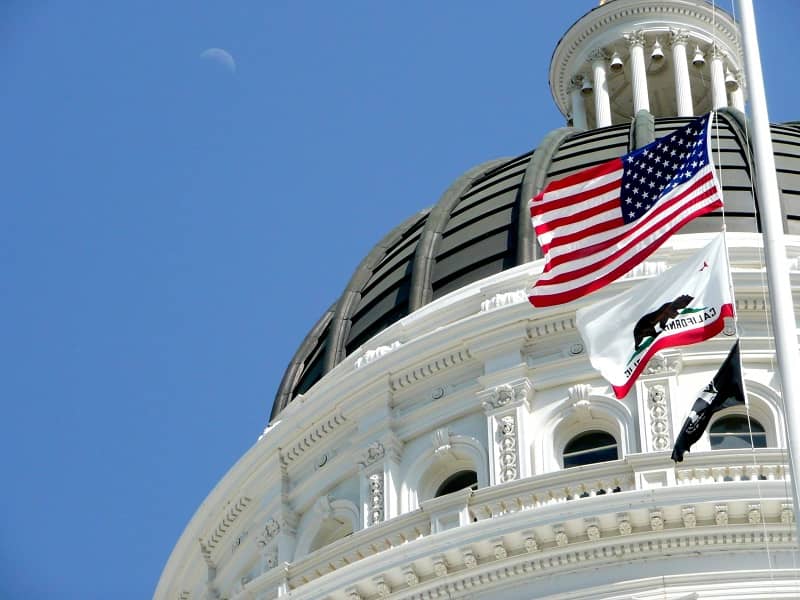
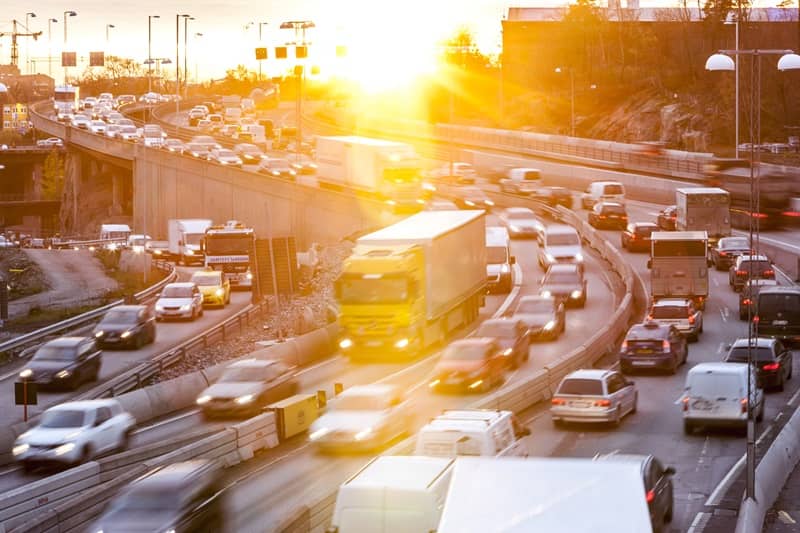



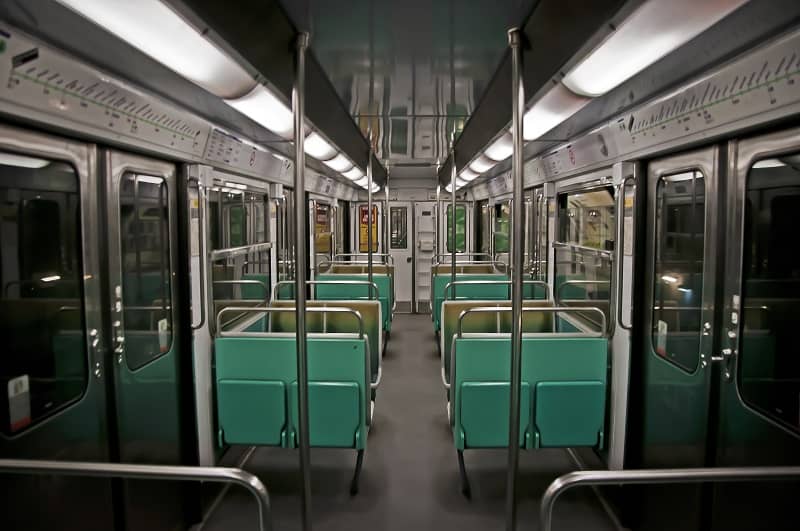


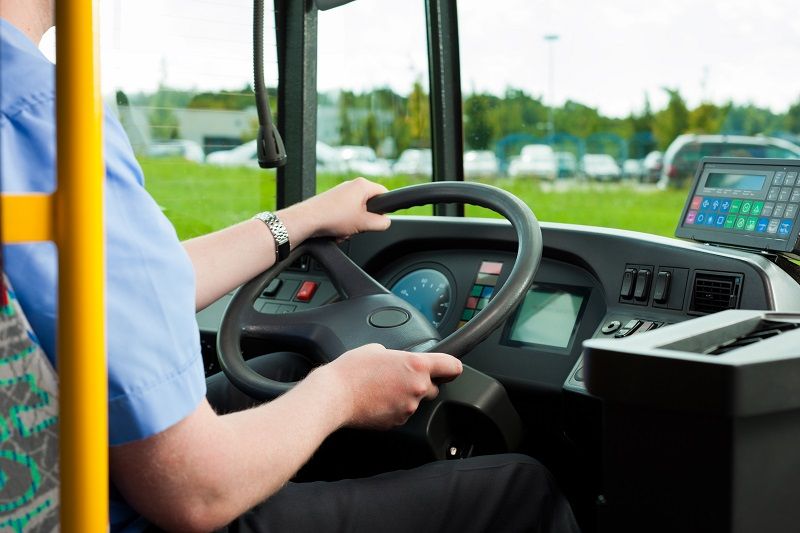

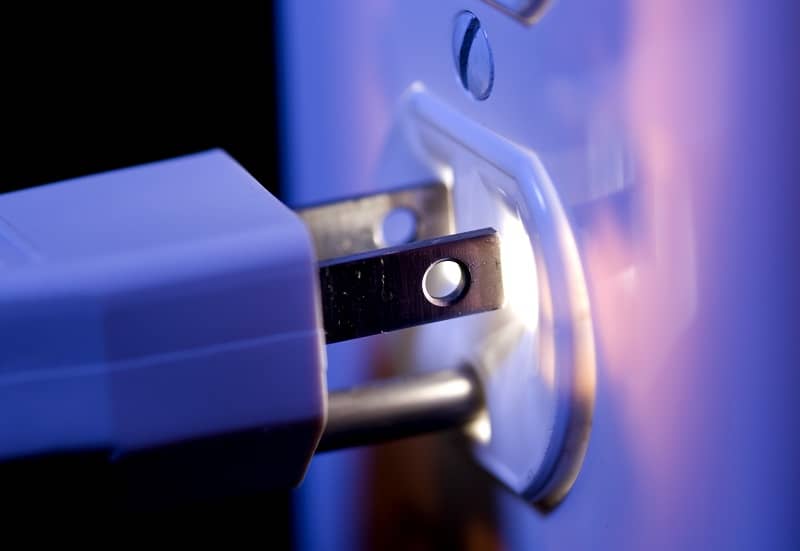
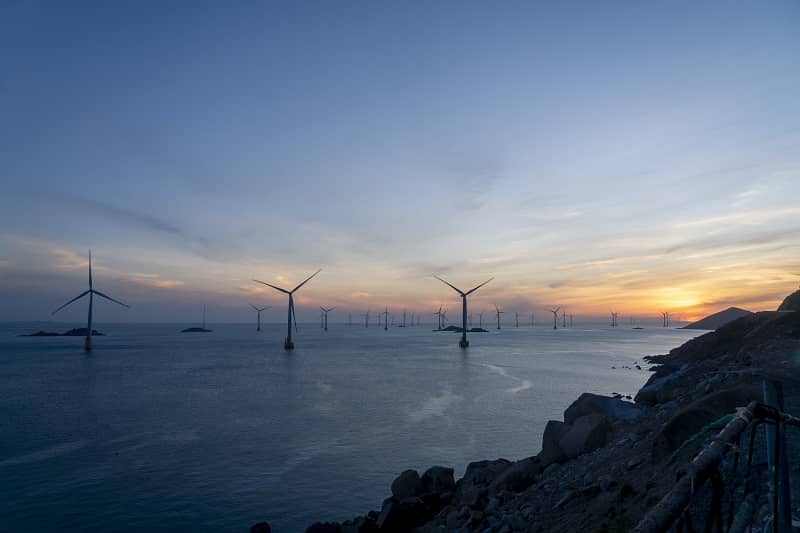

Bob Elvis Clark
There have been some rather high profile, well respected studies done recently which find that there is simply not enough copper and other key minerals available to meet the demands of a Globally Net Zero energy system within any foreseeable time horizon – well beyond the aspirations of the year 2035 and 2050. It seems like those touting Net Zero regulation have not given any where near a sufficient check on the reality of achieving Net Zero in a substantive amount. States who don’t mandate Net Zero will clearly be the winners, if the Federal Government stays out of the way of individual state governance.
Art Lewellan
The subject line is a trick question that most environmentally conscientious people get wrong. Which of the 3 basic EV drivetrains (all-battery BEV, plug-in hybrid PHEV, hydrogen fuel cell HFCEV) offers the most potential to reduce fuel/energy consumption, emissions AND insane traffic? This trick question is framed to understand how the correct answer addresses insane traffic. Which EV tech most reduces insane traffic and why addressing insane traffic is critically important.
The correct answer is PHEV plug-in hybrid which could serve 65% driving needs. BEV tech serves the remainder in mostly lightweight vehicles and short-distance purposes. Hydrogen fuel cell HFCEV tech can be ruled out as an inefficient use of hydrogen when combustible hydrogen in the ICEngine of a PHEV+H drivetrain can deliver more than twice the miles per gallon equivalent, store and operate at lower pressures. Even burning gasoline, PHEV tech can be considered indispensable.
PHEV tech is especially applicable to long haul freight trucks rather than Tesla or Daimler BEV tech. Should we devote limited Lithium-ion battery resources to “10” BEV semi trucks or as many as “5000” Household PHEVs to keep the lights on, fridge, stove and electronics working in grid failure, indefinitely when matched to consequently smaller, simpler, less expensive rooftop solar arrays and neighborhood mini-grids? A BEV freight truck pack of 500+kwh will deliver 150k – 200k miles of goods transport before replacement. Divide the BEV pack into ‘5’ PHEV packs that transport goods 150k miles. 150k x 5 = 750k miles with PHEV vs 200k miles with BEV. Lastly, the cost of replacement is more manageable for trucking firms.
The real problem is the insane traffic. We drive too much, truck and ship goods much too far, ship air freight, fly for recreation and play with our motorized big boy toys too much. It’s a real shame than self-styled progressives will not examine the plain facts on this issue. They’re taking their cues from automobile-related business interests: finance, insurance, manufacture, marketing and sales (as seen on TV), construction of car-dependent housing (suburban and urban), commercial districts, streets and highways, pay to park city centers and entertainment venues, pay to drive toll roads, Taxi/Uber/Lyft, rental cars, etc. Last on the list are petroleum industries because the other interests don’t care who we power our cars. They only care that we remain dependent on cars and commercial goods shipped the longest distances. They’re perfectly happy to direct blame at petroleum companies who likewise assured future profits from car-dependent anti-social society.